what does liter refer to in an engine
Engine size explained
Understanding engine size and what it means when choosing a new motorcar
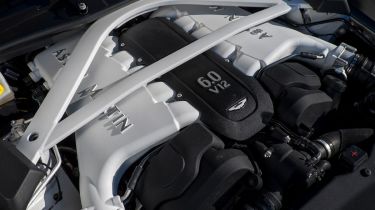
If you've ever checked the engines bachelor in new cars, you may have noticed that many are smaller than you might have been expecting. With increasingly strict emissions regulations, manufacturers are investing huge amounts of time and coin in maximising power and efficiency, and role of this process has included the introduction of smaller engines.
Thanks to the improvements in turbocharging and hybrid engineering science, manufacturers are now able to achieve a great blend of functioning, efficiency and reduced exhaust emissions via these smaller engines. A car that may have been fitted with a 2.0-litre engine in the past may now come with an engine of one-half the size, with very niggling, if whatsoever, noticeable changes from the driver's seat.
What does engine size hateful?
Engine size may as well be referred to every bit 'engine capacity' or 'engine displacement' and is the measurement of the total volume of the cylinders in the engine. The bigger the engine size, the more space there is for air and fuel inside it.
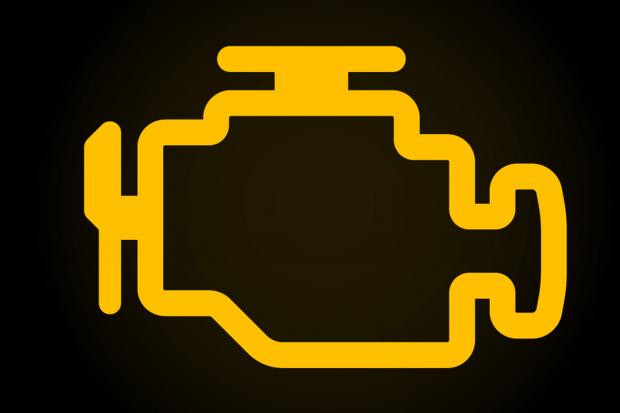 Engine management low-cal: top 5 causes of bister engine alert light
Engine management low-cal: top 5 causes of bister engine alert light
Engine sizes are normally expressed in litres. Ane litre is made up of 1,000cc (cubic centimetres) just engine sizes are commonly rounded up to the nearest tenth of a litre (1,380cc would exist i.iv litres, for example). Traditionally, an engine's size dictated how much power information technology would produce and while that's still mostly the instance today, the introduction of modern turbocharged engines in recent years has meant that smaller engines are much more powerful than they used to be.
Most of the latest engines - such equally Ford's EcoBoost and Suzuki'south BoosterJet - use turbochargers to increase their power. This largely explains why modernistic, pocket-sized engines tin oftentimes produce more ability than older, bigger engines.
The amount of power produced by an engine is unremarkably quoted in horsepower. The origin of this measurement is often credited to James Watt, a famous pioneer of the steam engine. He determined a way of expressing how much power a steam engine could produce by measuring information technology against how many horses are needed to provide the aforementioned amount of pulling ability.
To confuse things still farther, in that location are various different systems of horsepower measurement, and they aren't all straight comparable. Carbuyer uses the United kingdom of great britain and northern ireland'south most common measurement: brake horsepower (bhp).
What does two-litre, ii.0-litre, or any other number like one.v hateful?
Until fairly recently, car model designations often referred to the engine size likewise as the trim level. The bigger the number, the more expensive the motorcar commonly is to purchase.
If you encounter a number like 2.0, or a phrase like 2.0 litres, this refers to the engine's capacity. This is the combined chapters of all the engine's cylinders. Typical modern engines have three, four, 6 or sometimes 8 cylinders – although some take more or fewer – so a two.0-litre 4-cylinder engine will take a chapters of 500cc in each of its cylinders.
Each piston moves upward inside its cylinder to force a mixture of air and fuel into the combustion sleeping room. Here, it's compressed and burnt, the explosive strength of which causes each piston to motion back downwards inside its cylinder. It's that momentum which is harnessed every bit engine power. If a iv-cylinder engine is described as a 2.0-litre, this means each piston can compress roughly 500cc of fuel and air into the combustion chamber every revolution the engine turns.
If this engine is running at three,000rpm, that means that every piston in the engine tin fire 500cc of fuel and air 3,000 times a minute. The more than air and fuel an engine tin can burn, the more ability information technology usually produces.
How does engine size bear upon performance?
As a larger engine is unremarkably able to burn more fuel and produce more ability, a car with a larger, more powerful engine is probable to be able to accelerate faster and tow heavier loads than a auto with a smaller engine can manage.
This rule of thumb is less accurate today than in the past. Advances in engine engineering science mean that some of today's smaller engines are able to produce more ability than certain bigger, more former-fashioned engines. I key to this is turbocharging, which forces more air and fuel into each cylinder.
How does engine size bear upon fuel economy?
With a larger engine able to burn down more than fuel with each revolution it turns in a minute (rpm), information technology'll usually consume more than fuel than a smaller engine would during the same journey.
This is a very of import consideration when it comes to choosing a new car. With more powerful, bigger-engined cars usually costing more than and using more fuel than those with a smaller engine, it's worth thinking about how much power y'all actually need.
If your everyday driving typically doesn't involve much hard dispatch, conveying of heavy loads or cruising at high speeds, you may find that a smaller, less powerful engine volition salvage you money on fuel. Company machine users will brand a saving on Do good-in-Kind (BiK) tax, besides, as that'south linked straight to CO2 emissions. You can read more about CO2 emissions and fuel economy in our guide.
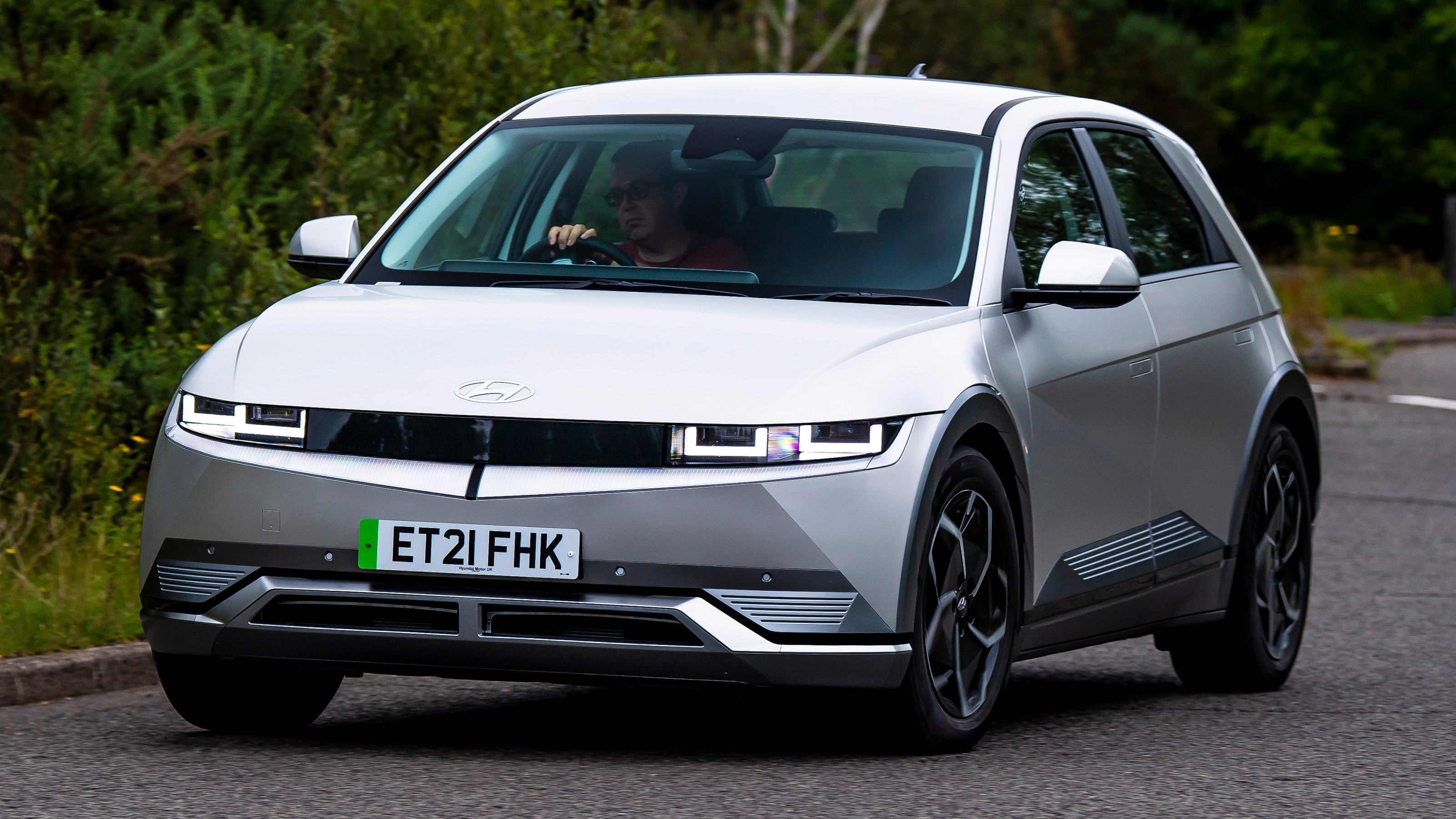 Top x best company cars 2022
Top x best company cars 2022
Small engines tend to particularly suit cars that are used predominantly effectually town. They provide plenty performance for brusk journeys - like trips to the supermarket, school and the office - where high speeds and rapid dispatch aren't really necessary. As the engine isn't regularly needed to produce lots of power, it makes sense to keep information technology small and take advantage of the gains in economy.
Larger engines, which don't accept to work as hard to produce high levels of ability, were formerly the default amidst those who brand frequent loftier speed motorway journeys. Notwithstanding, modern technology can make a pocket-sized engine conduct like a much larger one, and even a modestly sized engine might be perfectly at ease on a long motorway journeying.
Recall that your driving style will also dictate how much fuel you'll use. Keeping the revs low by changing up to the highest possible gear will help salvage fuel, every bit will accelerating and braking gently. Keeping tyres correctly inflated could relieve you hundreds of pounds each year. Click here for our tips on saving fuel through frugal driving.
Your auto'due south engine size and ability will also have an issue on your insurance premium. Cars in low insurance groups (i.e. that are cheap to insure) tend to have smaller, less powerful engines.
What's the difference between petrol and diesel?
Petrol and diesel fuel are both derived from oil simply the way they are produced and the way they are used inside car engines is different, which is why y'all should never put the wrong fuel in your car. Diesel is more energy rich than petrol per litre and the differences in how diesel fuel engines work make them more efficient than their petrol counterparts.
A diesel engine of the same size equally a petrol engine volition invariably be more economical. This might make the pick betwixt the two seem straightforward but sadly it isn't, for several reasons. One is that diesel cars are more than expensive, so oftentimes you need to be a high-mileage driver in lodge to see the benefit of the economy versus the higher price. Another related reason is that diesel fuel cars need regular runs on the motorway to stay in practiced condition, so if you merely want a car for boondocks-driving, a diesel may not be suitable. A third reason is that diesels produce more than local pollutants like nitrous oxide, which accept more of an bear on on air quality. This can also incur farther costs in pollution-controlled areas such every bit the ULEZ in London.
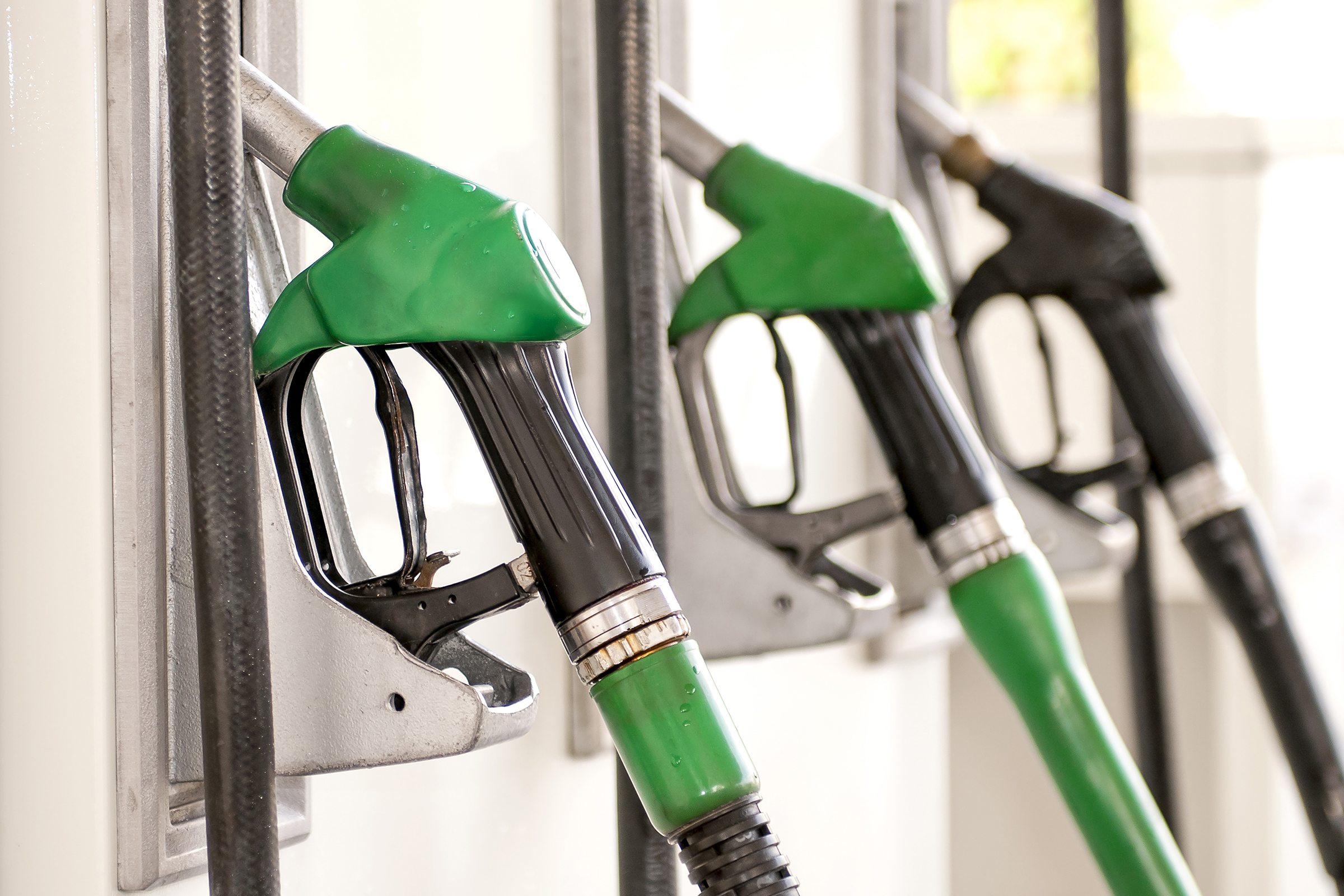 Misfuelling: what to exercise if you put petrol in your diesel auto
Misfuelling: what to exercise if you put petrol in your diesel auto
Petrol and diesel engines have different characteristics. Diesel fuel is a expert fuel for long-distance, low-rev driving, such equally superhighway cruising. It as well produces lots of power at low engine speeds, making it platonic for towing caravans.
Petrol, on the other manus, is often better for smaller cars and is generally more popular in hatchbacks and superminis. In terms of fuel economy, the choice between a diesel fuel and a petrol engine tin be catchy – see our 'petrol or diesel' guide hither.
Why would I desire a large engine?
While modest, turbocharged engines can produce more power than many bigger engines fabricated in the past, it however holds every bit a general rule that a large engine is capable of producing more than power. Buyers that would benefit from a big engine include caravan owners and people intending to travel long distances on motorways, particularly if the motorcar volition be full. Cars with large engines can besides be fun for those who savor driving, as they tend to deliver extra ability and dissonance – an important ingredient for fans of fast cars.
Additionally, cars that are big and heavy in their own right tend to require larger engines. Posh 4x4s like the Range Rover (which weighs a couple of tons) require more than free energy to go moving and maintain speed.
Information technology's hard to give an absolute rule on what engine size will be sufficient for your specific needs because there are engines of similar sizes that perform significantly differently. Nonetheless, nigh engines produced today that are bigger than 1.0-litre or are turbocharged should be more than capable of coping with motorway drives.
If you don't want an engine in your next machine, cheque out our guide to the best electric cars.
Most Pop
Machine dashboard warning lights: the complete guide

Car dashboard warning lights: the complete guide
Uk road revenue enhancement 2022: VED revenue enhancement rates and bands explained
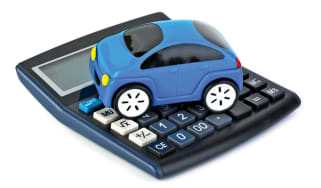
UK route revenue enhancement 2022: VED tax rates and bands explained
Best new auto deals 2022: this week's height car offers

Best new auto deals 2022: this week's top car offers
Tips & communication
Car dashboard alert lights: the complete guide

Automobile dashboard warning lights: the complete guide
Electric auto charging stations: a consummate guide
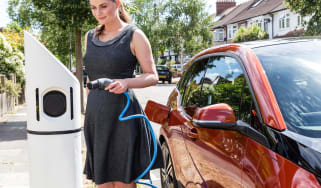
Electrical motorcar charging stations: a complete guide
PCP vs HP – which blazon of auto finance is right for you?

PCP vs HP – which type of motorcar finance is right for you?
Average speed cameras: how do they work?

Average speed cameras: how exercise they work?
Best cars
Superlative 10 best car interiors 2022

Tiptop 10 best car interiors 2022
Top 10 all-time electric cars 2022

Top x best electrical cars 2022
Top x best cheap-to-run cars 2022
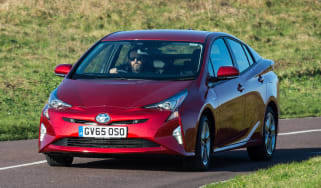
Top x best cheap-to-run cars 2022
The UK's acme x fastest hot hatchbacks 2022

The UK'due south top 10 fastest hot hatchbacks 2022
Source: https://www.carbuyer.co.uk/tips-and-advice/146778/engine-size-explained

0 Response to "what does liter refer to in an engine"
Post a Comment